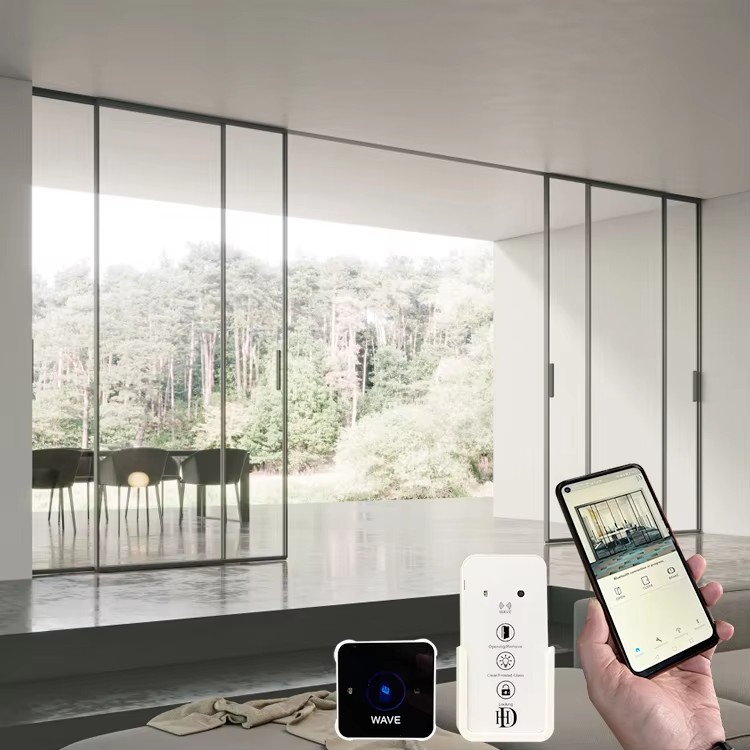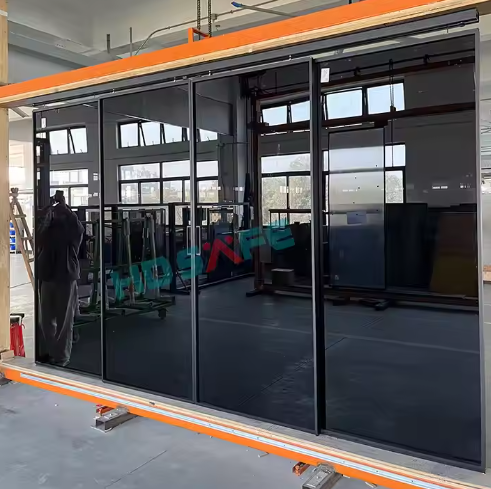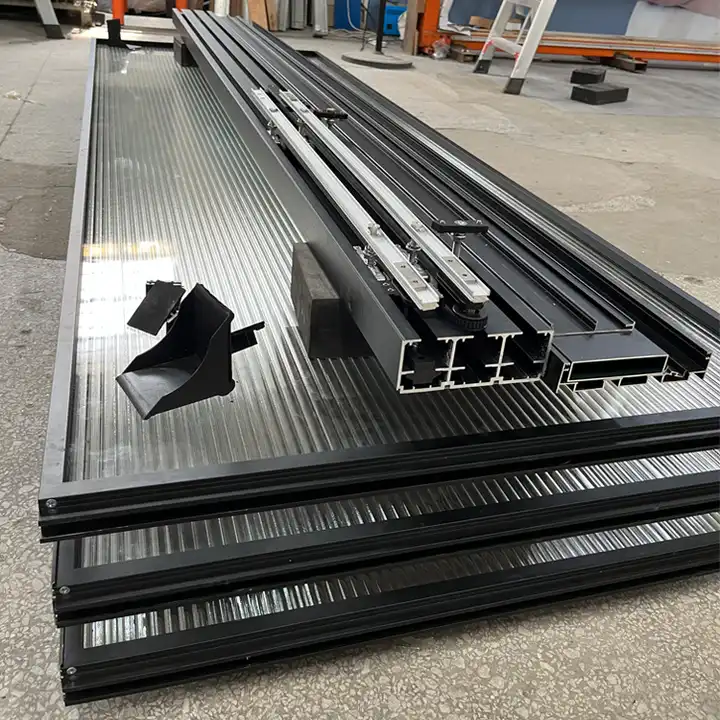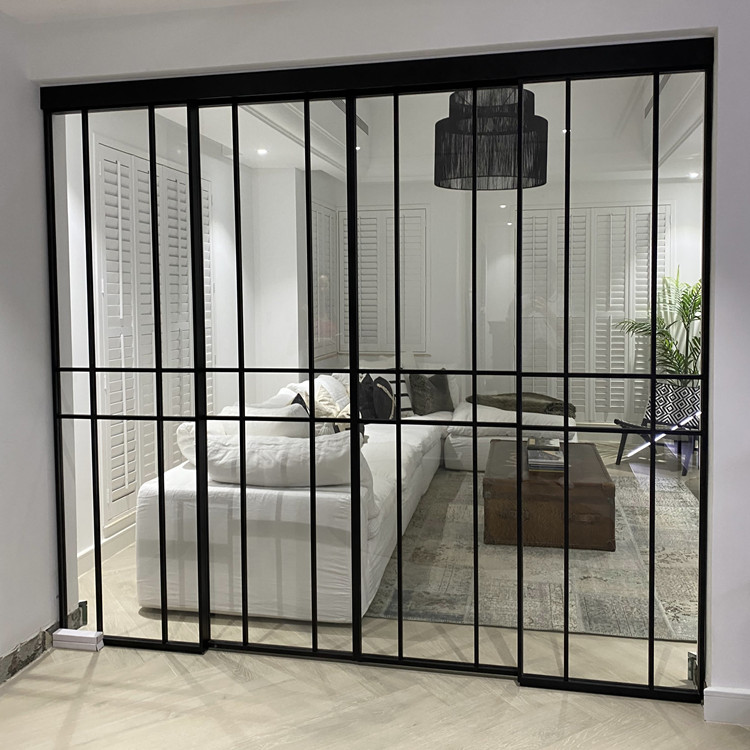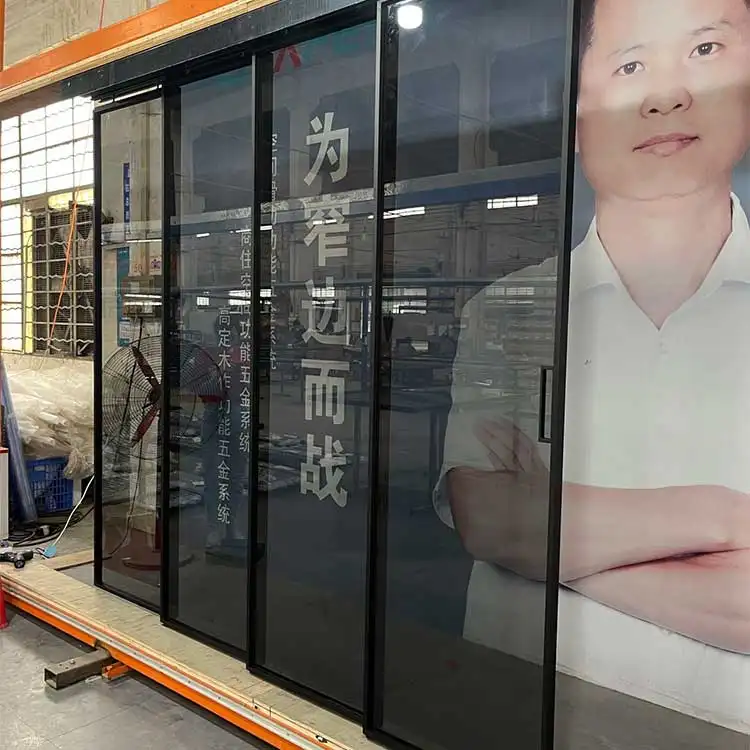Introduction:
Hidden sliding doors have become a popular choice for modern homeowners. Not only do they add a touch of sophistication to any space, but they also provide a practical solution for maximizing space utilization. In this comprehensive guide, we will explore the benefits, installation process, and design considerations of hidden sliding doors.
1. Why Choose a Hidden Sliding Door?
Hidden sliding doors offer numerous advantages that make them highly desirable for both residential and commercial applications. Firstly, they create a seamless and unobtrusive transition between two areas, promoting an open and spacious feel. Secondly, hidden sliding doors are an excellent space-saving solution, particularly in small apartments or rooms with limited floor area. Lastly, they enhance aesthetics, allowing for clean lines and uncluttered design.
2. Design Considerations for Hidden Sliding Doors:
When selecting a hidden sliding door, consider the following key design aspects:
a) Material and Finish: Opt for high-quality materials such as solid wood or glass, depending on your preferences and the overall interior design theme.
b) Track System: Choose a reliable and smooth track system that ensures easy and noiseless operation.
c) Customization: Hidden sliding doors offer flexibility in terms of customization, allowing you to tailor the design to match your specific requirements.
d) Safety Features: Ensure that the sliding door has safety features like soft-close mechanisms or finger-safe designs to prevent accidents.
3. Installation Process:
Installing a hidden sliding door requires careful planning and attention to detail. Here are the essential steps involved:
a) Preparation: Measure the door opening accurately, considering the track system and any additional framing required.
b) Track Installation: Securely install the track system, ensuring level alignment and smooth operation.
c) Door Placement: Attach the door panels onto the track, ensuring proper alignment, and secure them with appropriate hardware.
d) Finishing Touches: Make necessary adjustments, such as installing handles or locks, and test the door for smooth functionality.
4. Maintenance and Care:
To maintain the longevity and performance of your hidden sliding door, follow these maintenance tips:
a) Regular Cleaning: Dust and clean the door panels and track system to prevent the accumulation of dirt or debris.
b) Lubrication: Apply a silicone-based lubricant to the track system periodically to ensure smooth and silent operation.
c) Inspection: Regularly inspect the hardware, such as hinges and handles, for any signs of wear or damage, and replace if necessary.
Conclusion:
Hidden sliding doors bring a touch of elegance and practicality to any space. By seamlessly blending into the walls, they offer a stylish solution for maximizing space utilization and creating a harmonious ambiance. With careful consideration of design, installation, and maintenance, a hidden sliding door can transform your living or working environment into a functional and visually appealing space. Enhance your home or office with the impeccable aesthetics and space-saving benefits of hidden sliding doors today!





 Home
Home Nov 10,2023
Nov 10,2023 
 A Comprehensive Guide to Office Glass Doors for Enhanced Functionality and Aesthetics
A Comprehensive Guide to Office Glass Doors for Enhanced Functionality and Aesthetics 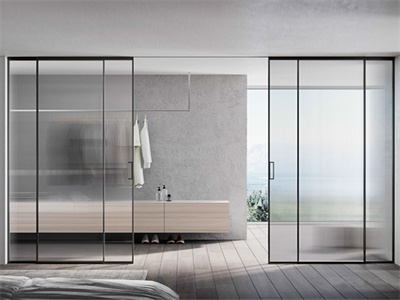
 Oct 16,2023
Oct 16,2023 

















